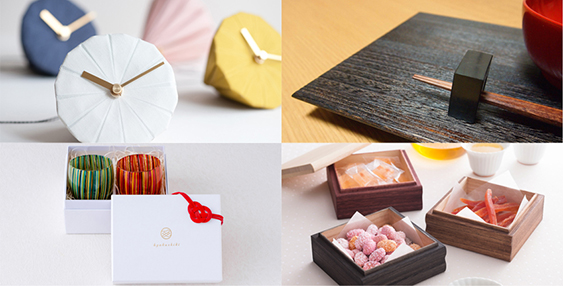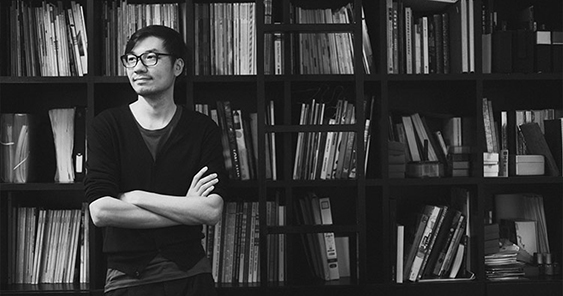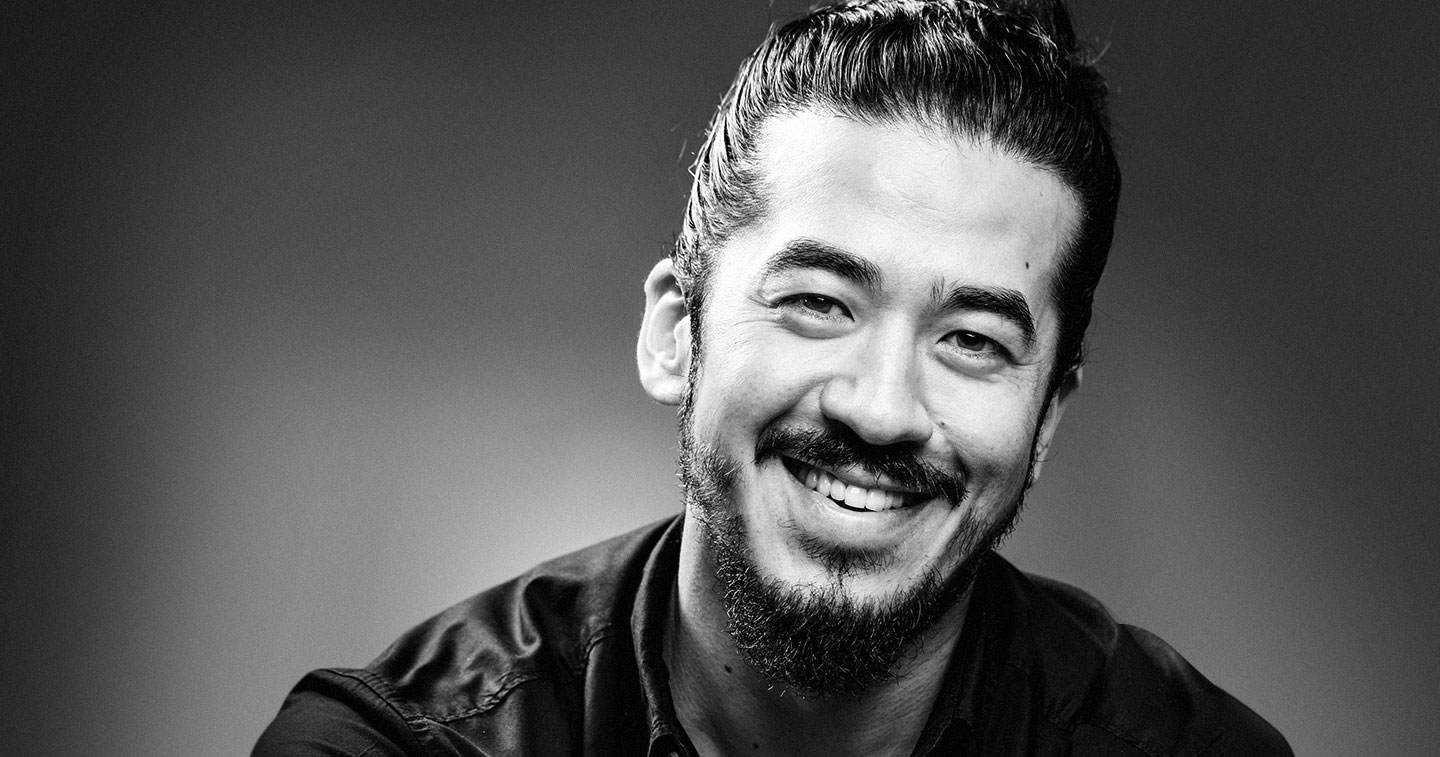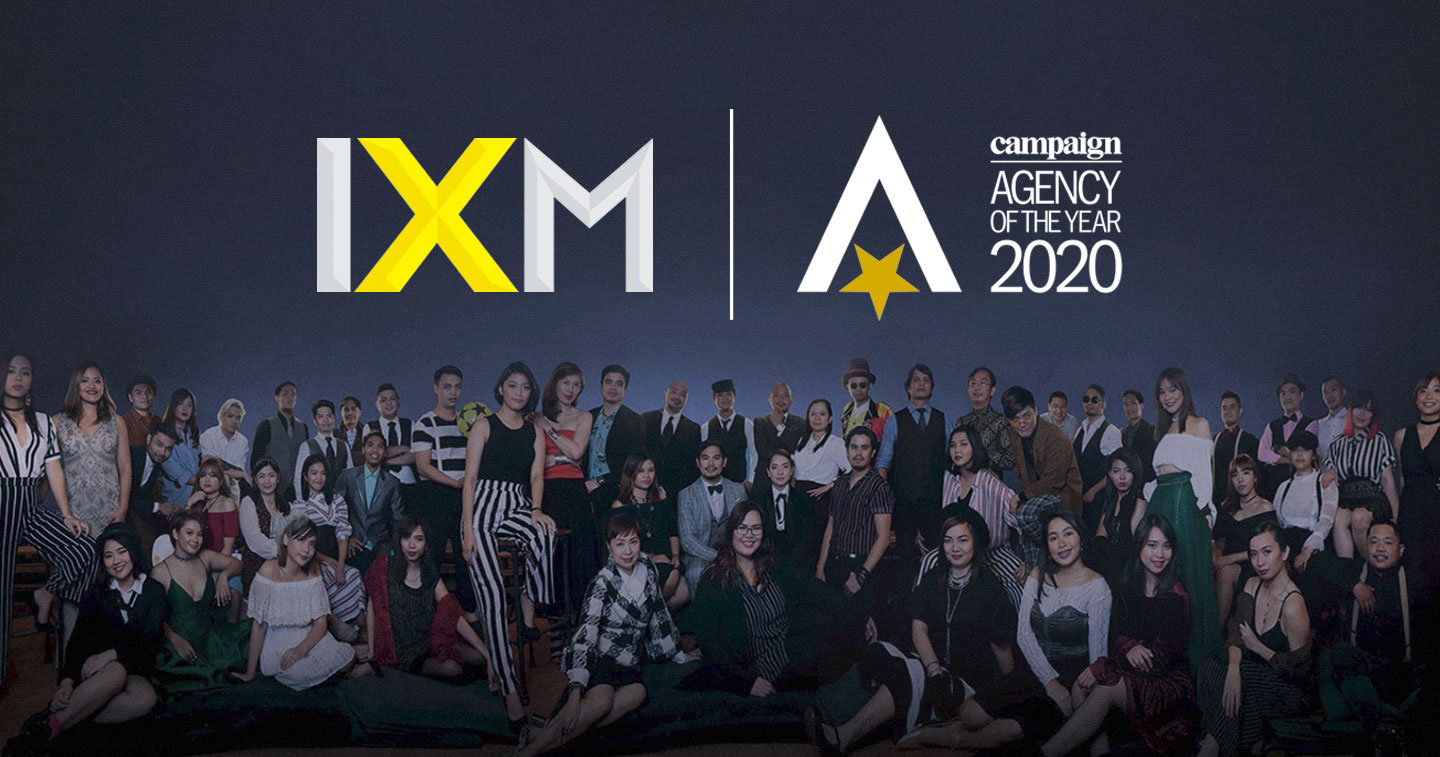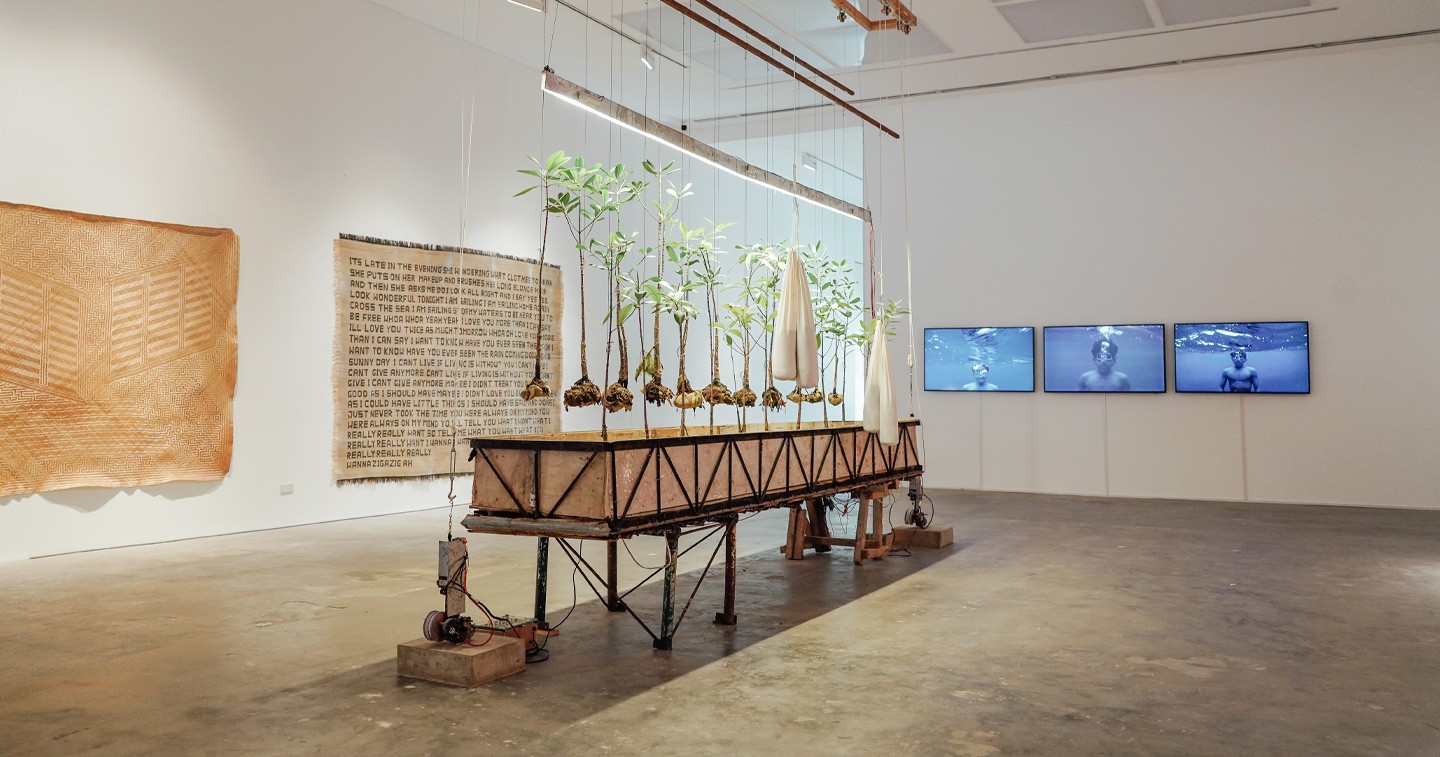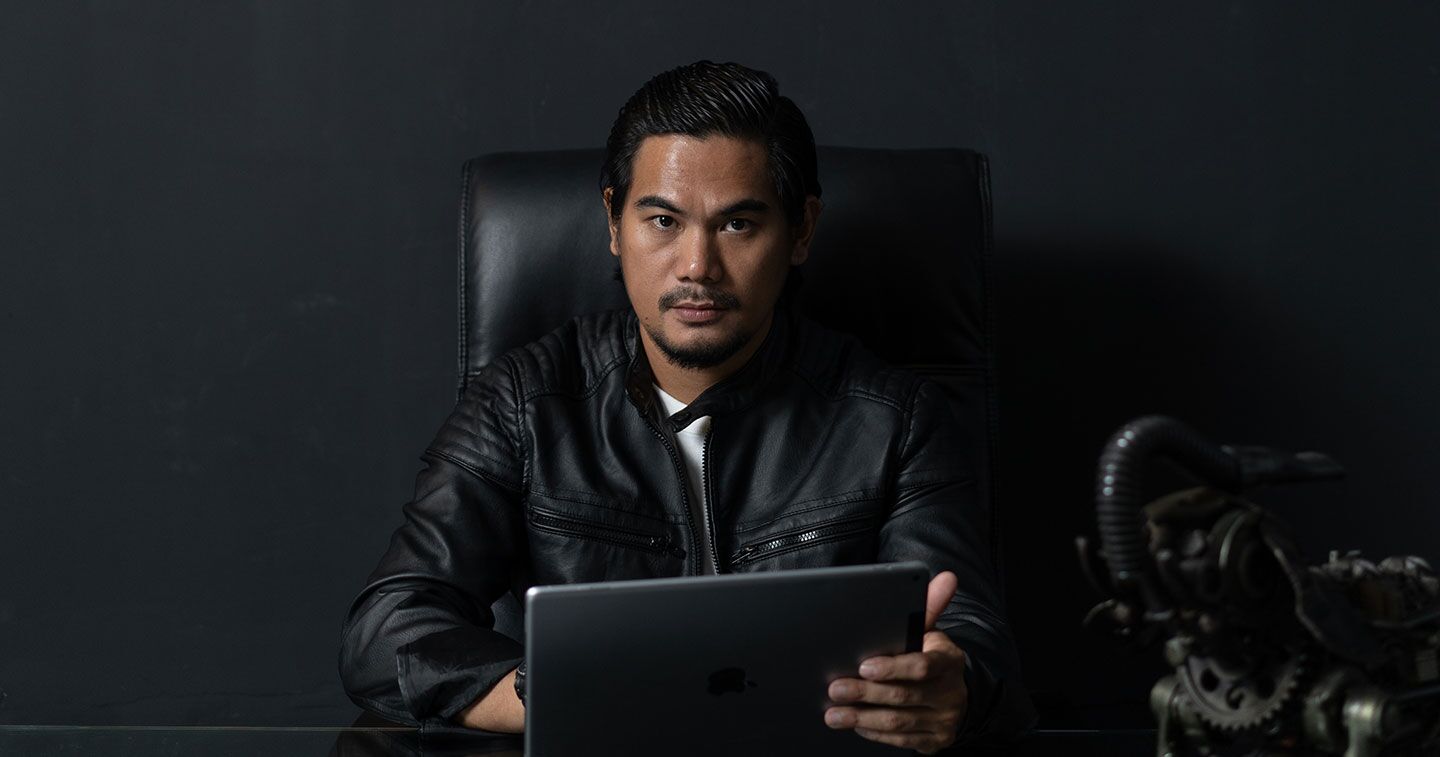Words by Rome Jorge
The creative director of multi-disciplinary creative agency BLACK, he has worked with some of the world’s biggest brands: Nike, Nokia, MTV, The Rolling Stones, Herman Miller, UNIQLO, Levi’s and Tiger Beer, to name a few. PHUNK, the art collective which he is founding partner of has exhibited in numerous museum collections and gallery exhibitions, including Singapore Art Museum, MOCA Taipei, Design Museum, Gwangju Design Biennale, Venice Biennale and the Fukuoka Asian Art Museum. But it is Jackson Tan experience in branding entire cities—the identity of millions—that makes him stand out among the multitude.
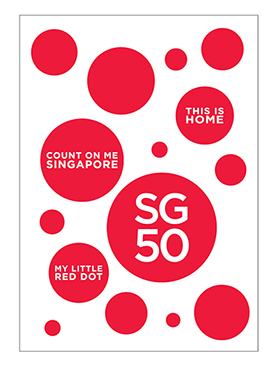 Tan has long been involved in promoting branding his native Singapore. He was commissioned by Singapore’s Ministry of Culture, Community and Youth in 2014 to create the iconic and viral SG50 logo celebrating the nation’s golden jubilee. Singaporeans took pride in the logo, turning it to a meme, often replacing the city’s initials and age with their own. In 2006, “20/20,” a showcase of Singapore’s finest design talents that Tan curated and first mounted at his hometown in 2004 was restaged and presented at the London Design Festival 2006 to critical acclaim. In 2007, Tan was awarded the President’s Design Award, the highest accolade for designers in Singapore.
Tan has long been involved in promoting branding his native Singapore. He was commissioned by Singapore’s Ministry of Culture, Community and Youth in 2014 to create the iconic and viral SG50 logo celebrating the nation’s golden jubilee. Singaporeans took pride in the logo, turning it to a meme, often replacing the city’s initials and age with their own. In 2006, “20/20,” a showcase of Singapore’s finest design talents that Tan curated and first mounted at his hometown in 2004 was restaged and presented at the London Design Festival 2006 to critical acclaim. In 2007, Tan was awarded the President’s Design Award, the highest accolade for designers in Singapore.
The Kaohsiung City Bureau of Cultural Affairs in Taiwan sought his creative expertise in curating and presenting the exhibit “CREATIVE©ITIES – Mapping Creativity in Asia-Pacific Today” where 10 cities in the region—Kaohsiung, Bangkok, Beijing, Hong Kong, Kuala Lumpur, Manila, Seoul, Singapore, Sydney, and Tokyo—were defined by icons that were easily understood by the rest of the world that pleased locals as well. His affection for Kaohsiung is deep. It was at the Kaohsiung Design Festival of 2008 that he first met his wife, former Taiwanese flight attendant Talia Huang, who now works for BLACK.
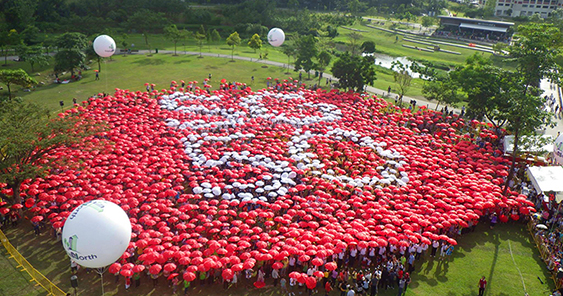 Tan also has worked in promoting the creative economy of Kanto, Japan repeatedly. In March of 2017, he curated SingaPlural, Singapore Design Week’s anchor event, which brought together three of Singapore’s world renowned designers—Colin Seah from Ministry of Design, Chris Lee from Asylum, and architecture firm Woha’s Wong Mun Summ and Richard Hassell—with traditional Japanese craftsmen from the Kanto region of Japan to make products, an effort known as the Kyo Project. Tan was previously involved in the “CREATIVE-KANTO Meets Singapore” exhibit, a collaboration between METI Kanto Bureau of Economy, Trade and Industry and DesignSingapore Council, held in June, 2016 at the Japan Creative Centre in Singapore. As early as 2008, Japan’s Center for Creative Communications recognized his talent as both curator and designer when it sought him to present “New Wave – Singapore’s Contemporary Design Culture” in Shizuoka.
Tan also has worked in promoting the creative economy of Kanto, Japan repeatedly. In March of 2017, he curated SingaPlural, Singapore Design Week’s anchor event, which brought together three of Singapore’s world renowned designers—Colin Seah from Ministry of Design, Chris Lee from Asylum, and architecture firm Woha’s Wong Mun Summ and Richard Hassell—with traditional Japanese craftsmen from the Kanto region of Japan to make products, an effort known as the Kyo Project. Tan was previously involved in the “CREATIVE-KANTO Meets Singapore” exhibit, a collaboration between METI Kanto Bureau of Economy, Trade and Industry and DesignSingapore Council, held in June, 2016 at the Japan Creative Centre in Singapore. As early as 2008, Japan’s Center for Creative Communications recognized his talent as both curator and designer when it sought him to present “New Wave – Singapore’s Contemporary Design Culture” in Shizuoka.
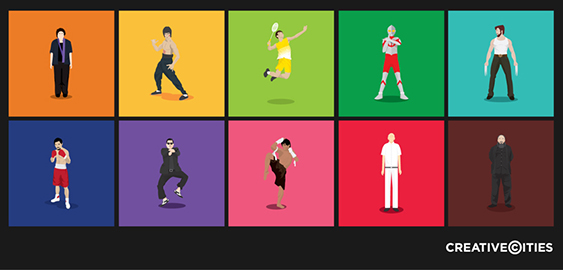 At the recent ASEAN (Association of Southeast Asian Nations) Creative Cities Forum and Exhibition held in April 2017 at the Bonifacio Global City, Philippines, Jackson Tan spoke to adobo magazine to reveal his insights on branding cities. Having worked promoting creative economies in Singapore, Kaohsiung, and Kanto, Tan reveals the briefs given for each city:
At the recent ASEAN (Association of Southeast Asian Nations) Creative Cities Forum and Exhibition held in April 2017 at the Bonifacio Global City, Philippines, Jackson Tan spoke to adobo magazine to reveal his insights on branding cities. Having worked promoting creative economies in Singapore, Kaohsiung, and Kanto, Tan reveals the briefs given for each city:
 “The brief is different. For Singapore, it’s a young country, very forward looking. The city wants to go global, even though it’s very small in size. So we were looking on how to bring the designers together who are emerging and to show internationally as a Singapore design super brand. One of the really interesting projects that we did for cities or for countries is the branding of Singapore’s 50 years anniversary and it was called SG50 and that was an identity that brought people together during Singapore’s 50 years. And that was an identity that was owned by people and shared by people.”
“The brief is different. For Singapore, it’s a young country, very forward looking. The city wants to go global, even though it’s very small in size. So we were looking on how to bring the designers together who are emerging and to show internationally as a Singapore design super brand. One of the really interesting projects that we did for cities or for countries is the branding of Singapore’s 50 years anniversary and it was called SG50 and that was an identity that brought people together during Singapore’s 50 years. And that was an identity that was owned by people and shared by people.”
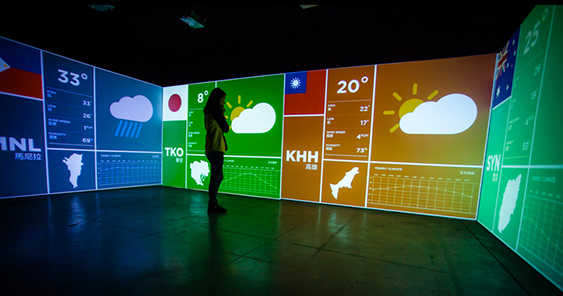 “With Taiwan, the interesting part was we were working with the Kaohsiung government who are trying to reposition themselves and who are trying to re-energize the city because it’s an industrial city and it used to be one of the busiest ports in the world. The port has gone down the ranks and the industrial parts of the city is making it very polluted and unlivable. So some people were moving out of the city. So they’re trying to get all the people back home to Kaohsiung and the the old port area has gone through many ups and downs. What they’ve done is they’ve used creative energy and young talents to come and regenerate the city. So we’re looking at how we can do platforms and programming to help reenergize this area and their culture.”
“With Taiwan, the interesting part was we were working with the Kaohsiung government who are trying to reposition themselves and who are trying to re-energize the city because it’s an industrial city and it used to be one of the busiest ports in the world. The port has gone down the ranks and the industrial parts of the city is making it very polluted and unlivable. So some people were moving out of the city. So they’re trying to get all the people back home to Kaohsiung and the the old port area has gone through many ups and downs. What they’ve done is they’ve used creative energy and young talents to come and regenerate the city. So we’re looking at how we can do platforms and programming to help reenergize this area and their culture.”
 “For Japan’s Kanto region, it’s really about a very different brief. We have craft makers who have 10 generations of craft and knowledge. But finally, they have a crisis. They’re so used to having a domestic market who was big enough to support them. But now the population is growing old and the craft and the knowledge are getting lesser and lesser people to take over, young talents that are willing to take over. And also, of course the change of lifestyle in Japan, becoming more globalized. We are finding way to help these Japanese craftsmen togo beyond Japan to reach out to other audiences around the world.”
“For Japan’s Kanto region, it’s really about a very different brief. We have craft makers who have 10 generations of craft and knowledge. But finally, they have a crisis. They’re so used to having a domestic market who was big enough to support them. But now the population is growing old and the craft and the knowledge are getting lesser and lesser people to take over, young talents that are willing to take over. And also, of course the change of lifestyle in Japan, becoming more globalized. We are finding way to help these Japanese craftsmen togo beyond Japan to reach out to other audiences around the world.”
